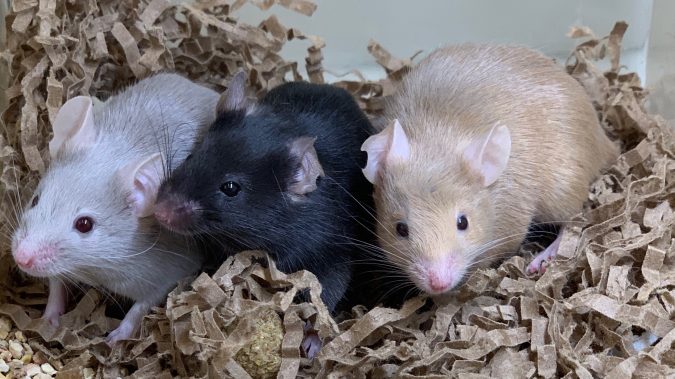
SPATA5
Pathogenic mechanism
Physiologically, SPATA5 and SPATA5L1 are involved in various cellular functions, which include protein turnover and DNA replication, among others. Regarding the latter, both proteins are components of the 55LCC heterohexameric ATPase complex that is associated with chromatin and enhances replisome proteostasis to support replication fork progression, thereby ensuring genome stability. Additionally, SPATA5 contains a putative mitochondrial targeting sequence, leading to a suggestion that it may be additionally involved in maintenance of mitochondrial function.
A diverse array of genetic alterations has been identified to compromise the AFG2A (SPATA5) and AFG2B (SPATA5L1) loci. Frameshift mutations and nonsense substitutions, both of which ultimately result in an early termination of the polypeptide chain, are likely to lead to reduced or diminished production of the SPATA5/SPATA5L1 protein. Furthermore, variants that interfere with accurate recognition of splice site junctions in a pre-mRNA transcript can trigger abnormal splicing patterns, similarly resulting in a cut-down of SPATA5/SPATA5L1 protein synthesis. Finally, pathogenic missense mutations have been shown to impair the function of SPATA5/SPATA5L1, as they can destabilize the structural integrity of the SPATA5/SPATA5L1 protein, hinder interactions with specific binding partners from the 55LCC complex or prevent proper substrate binding. The disease manifests in a compound heterozygous form, meaning that it occurs when a non-functional gene variant (referred to as a null variant) is paired with a poorly performing counterpart (known as a hypomorphic variant), or in case two hypomorphic alleles come together within a single individual.
Available Mouse Models
in development